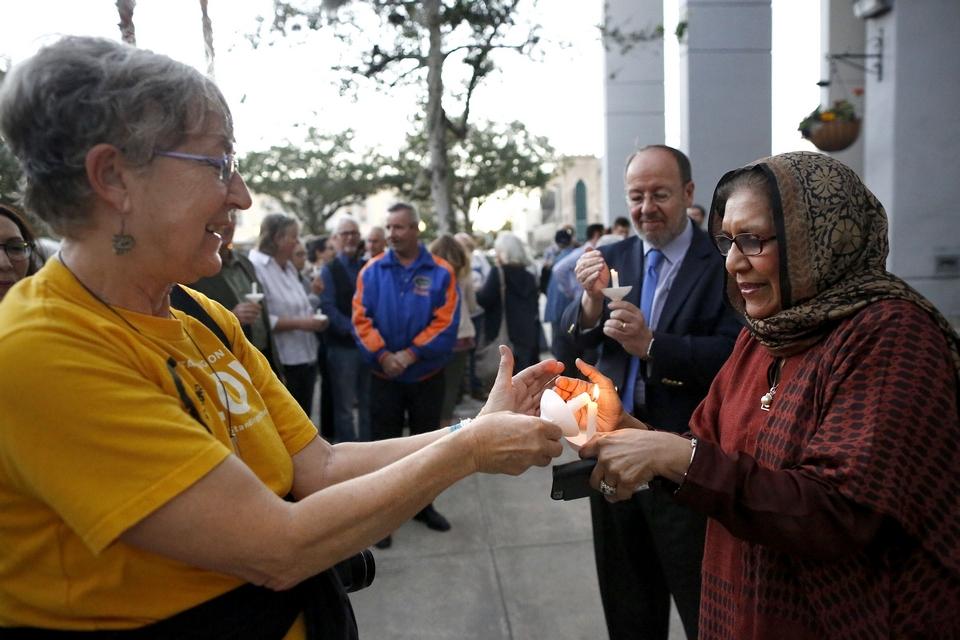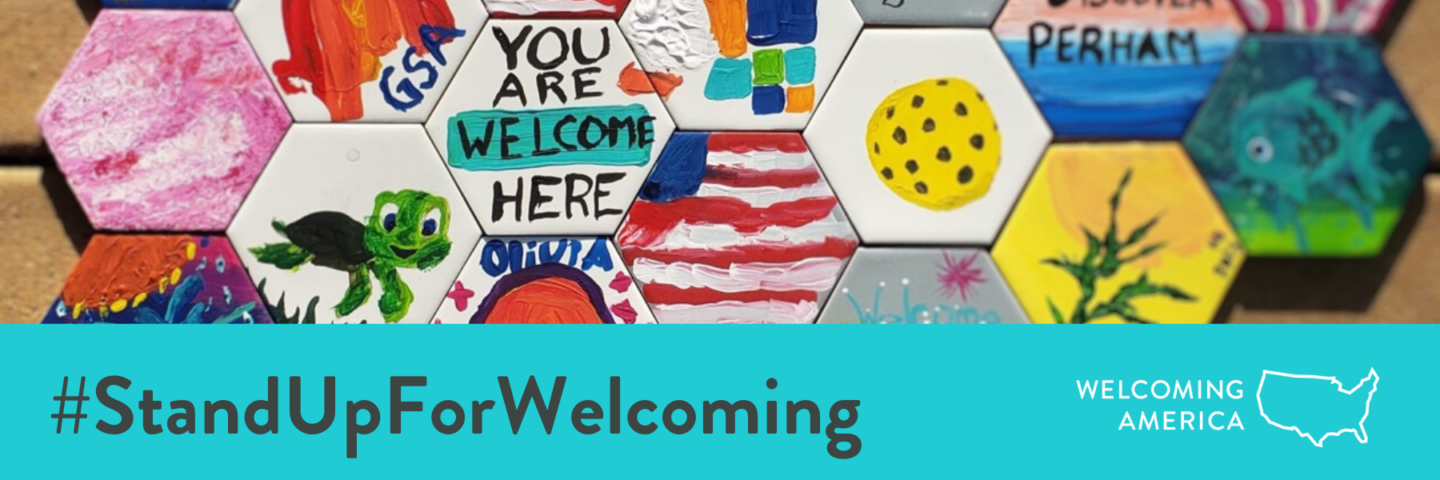
Welcoming communities are resilient communities
After 10 years of leading immigrant inclusion work, we know that welcoming communities are also resilient communities.
Resilient communities succeed in the face of change. In an era of unprecedented migration and climate change, local leaders are often at the forefront – developing and innovating solutions that help their cities and towns not only respond better in the face of dramatic events, but reshape the underlying conditions that drive them.
Three cities in the Welcoming America network doing just that are Anchorage, Louisville, and Dallas. All have developed a broader resilience strategy, and have proactively looked for ways to connect that work with their efforts to build a more equitable and inclusive environment for immigrants and all residents, weaving welcoming strategies into city-wide resilience plans.
Why?
Trust is at the heart of a society that can respond adaptively to change. A core strategy of welcoming efforts is the creation of bridging capital – relationships across lines of difference and between newcomers and longtime residents. “A resilient, equitable Dallas must have the trust of its residents,” says T.C. Broadnax, City Manager of Dallas. Dallas’ Office of Welcoming Communities and Immigrant Affairs has proactively worked to strengthen these ties and also to ensure that more residents, especially those with immigrant backgrounds who have existing ties and trust within their communities, can play a role as civic leaders.
As a result, welcoming places are more resilient to confronting change and even disasters, because they have established the connections of trust that help neighbors to work together. And trust starts with communications, including policies that facilitate communications with newcomers. For example, when Anchorage recently experienced an earthquake, their past language access efforts meant they could more quickly communicate with affected communities speaking multiple languages. Says Anchorage Mayor Ethan Berkowitz, “There is a direct causation between welcoming and resilience. Welcoming communities create a sense of belonging and the more people belong, the more they contribute – and, together, weave strong, flourishing communities.”
Finally, equity ensures a resilient future. “City resilience is about making a city better, in both good times and bad, for the benefit of all its citizens,” says Louisville Mayor Greg Fischer. By addressing the root challenges of inequality, Louisville can design a future in which all of its residents, regardless of language, economics, gender, national origin, or other status, can thrive. For example, Louisville’s newly released resiliency plan includes a commitment to maintaining Louisville’s Certified Welcoming status, which will ensure that policies and programs are responsive to the city’s growing foreign-born population, as well as communities of color.
Here are a few ways you can advance resilience in your community:
- Consider how migration resilience strategies can strengthen overall resilience
- Bring residents together to foster bridging capital and social cohesion
- Create a welcoming plan, bringing together your community’s different sectors and diverse residents to chart a proactive course for inclusion and equity
- Join the Welcoming Network and learn from peers about how to put new practices in place




